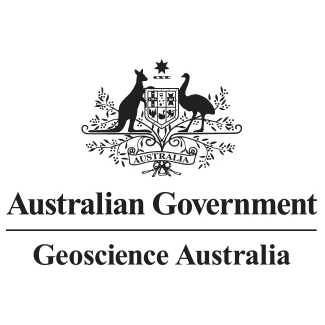Full description
Geoscience Australia’s Exploring for the Future program (EFTF) provides precompetitive information to inform decision-making by government, community and industry on the sustainable development of Australia's mineral, energy and groundwater resources. By gathering, analysing and interpreting new and existing precompetitive geoscience data and knowledge, we are building a national picture of Australia’s geology and resource potential. This leads to a strong economy, resilient society and sustainable environment for the benefit of all Australians. This includes supporting Australia’s transition to net zero emissions, strong, sustainable resources and agriculture sectors, and economic opportunities and social benefits for Australia’s regional and remote communities. The Exploring for the Future program, which commenced in 2016, is an eight year, $225m investment by the Australian Government.
One main component of the EFTF program is the Australian Lithospheric Architecture Magnetotelluric Project (AusLAMP), which is a collaborative national survey by federal government, state and territory governments, and research organizations since late 2013. The project acquires long-period magnetotelluric data on a half-degree grid spacing across Australia and provides first order electrical conductivity/resistivity structure of the Australian continental lithosphere. This reconnaissance dataset improves the understanding of lithospheric structures and tectonic evolution of Australian plate. It provides a framework and a bottom-up approach to identify newly resource potential regions for infill surveys and further study. The dataset also uses for assessment and prediction of geomagnetic storm’s nature hazards.
This data release contains a 3D resistivity model and site locations. The 3D model was derived from publicly available AusLAMP data in Australia (excluding western Australia). The model was projected to GDA94 MGA Zone 54 and was converted into SGrid/ASCII format and geo-referenced TIFF format.
We acknowledge the traditional custodians of the country where the data were collected. We also acknowledge the support provided by individuals and communities for land access and data acquisition, without whose cooperation these data could not have been collected. The 3D model was produced on the National Computational Infrastructure, which is supported by the Australian government.
Lineage
Maintenance and Update Frequency: asNeeded
Statement:
AusLAMP is a collaborative national survey by federal government, state and territory governments, and research organisations. A 3D resistivity model was derived from publicly available AusLAMP data in easter Australia (excluding western Australia).
Notes
Purpose
A 3D resistivity model was derived from publicly available AusLAMP data in central and eastern Australia. This model provides new insights into Australian lithospheric architecture and geodynamic processes, as well as narrow exploration search space.
![]()



